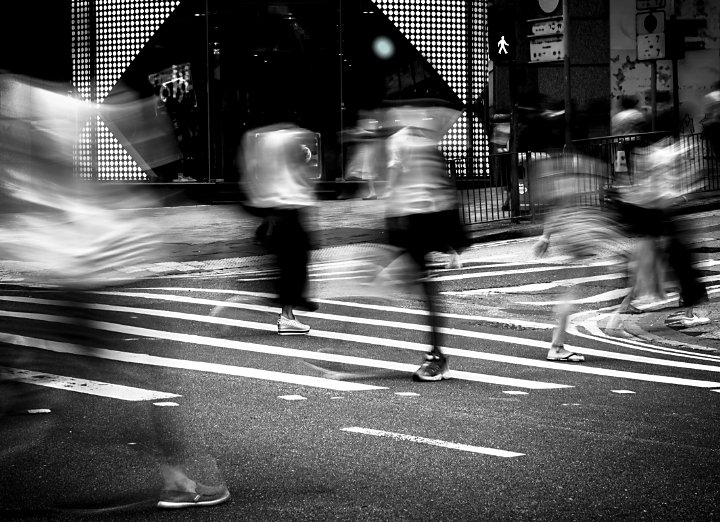The Basic Principles Of Street Photographers
The Basic Principles Of Street Photographers
Blog Article
The Ultimate Guide To Street Photographers
Table of ContentsSome Ideas on Street Photographers You Should KnowThe Definitive Guide for Street PhotographersThe Best Strategy To Use For Street PhotographersLittle Known Facts About Street Photographers.5 Simple Techniques For Street Photographers
, a genre of digital photography that documents everyday life in a public area. The very publicness of the setup allows the professional photographer to take candid photos of strangers, usually without their understanding. Street digital photographers do not necessarily have a social objective in mind, but they like to isolate and catch moments which might or else go undetected.He was affected by several of those that influenced the street professional photographers of the 1950s and '60s, he was not mainly interested in recording the spirit of the road., that worked side by side with photographers attempting to catch the significance of metropolitan life.
As a result of the comparatively primitive technology offered to him and the long direct exposure time called for, he battled to record the hustle and bustle of the Paris streets. He try out a series of photographic techniques, trying to find one that would allow him to capture movement without a blur, and he found some success with the calotype, patented in 1841 by William Henry Fox Talbot. While the digital photographers' topic was essentially the same, the results were considerably different, showing the effect of the photographer's intent on the character of the photos he created.
What Does Street Photographers Do?
Provided the fine top quality of his photographs and the breadth of product, architects and musicians frequently acquired Atget's prints to utilize as referral for their own job, though commercial rate of interests were hardly his primary inspiration. Instead, he was driven to photo every last residue of the Paris he loved. The mingled interest and urgency of his objective shine through, resulting in photos that tell his own experience of the city, high qualities that prepared for street digital photography of the 20th century.

Unlike his peers, Brassa made use of a larger-format Voigtlnder video camera with a longer direct exposure time, compeling him to be more calculated and thoughtful in his method than he could have been if using a Leica.

The 8-Second Trick For Street Photographers
It is due to this basic understanding of the art of picture taking that he is typically attributed with discovering the medium all over again approximately a century considering that its development. He took Source pictures for greater than a half century and affected generations of photographers to trust their eye and intuition in the moment.
These are the concerns I shall attempt to respond to: And afterwards I'll leave you with my own meaning of street photography. Yes, we do. Let's begin with defining what a definition is: According to it is: "The act of defining, or of making something definite, distinct, or clear".
No, definitely not. The term is both limiting and deceiving. Seems like a street digital photography should be images of a streets best?! And all road digital photographers, other than for a tiny number of absolute novices, will fully appreciate that a road is not the crucial element to street photography, and in fact if it's an image of a street with maybe a couple of uninteresting people doing nothing of interest, that's not road digital photography that's a photo of a road.
What Does Street Photographers Do?
He makes a valid factor don't you the original source assume? Nevertheless, while I concur with him I'm not sure "honest public photography" will certainly catch on (although I do sort of like the term "candid digital photography") because "street digital photography" has actually been around for a long period of time, with lots of masters' names attached to it, so I think the term is here to stay.
Inside?! I hear you scream as you drink your clenched fist to the sky. Why not? You can fire at the beach, at an event, in an alley, in a park, in a piazza, in a cafe, at a gallery or art gallery, in a metro terminal, at an event, on a bridge, under a bridge ...
Yes, I'm worried we have no option! Without guidelines we can not have an interpretation, and without a meaning we don't have a style, and without a category we do not have anything to define what we do, therefore we are stuck in a "regulations meaning style" loop! And no-one desires to get embeded a loop. - Street Photographers

Report this page